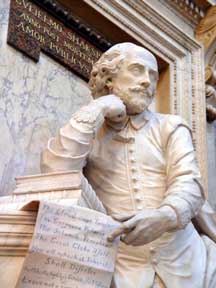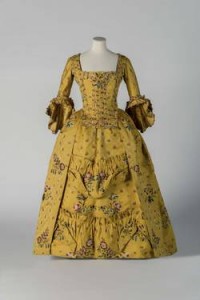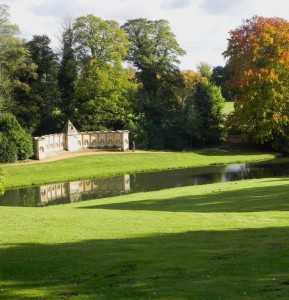2014, it seems, is going to be the year of the Georgians, with several different exhibitions looking at different aspects of life in the period covering 1714 to 1837. At the British Library there is an exhibition Georgians Revealed: Life, Style and the Making of Modern Britain. To quote the exhibition website:
From beautifully furnished homes to raucous gambling dens, Georgians Revealed explores the revolution in everyday life that took place between 1714 and 1830. Cities and towns were transformed. Taking tea, reading magazines, dancing, gardening and shopping for leisure were commonplace, and conspicuous consumption became the pastime of the emerging middle classes.
Popular culture as we know it began, and with it the unstoppable rise of fashion and celebrity. Art galleries, museums and charities were founded. In this time of incredible innovation, ideas were endlessly debated in the new coffee houses and spread via the information highway that was mass print.
This major exhibition is on until only 11 March, so you haven’t got long to catch it.
The conspicuous consumption talked about in the British Library is now on view in the Bath Fashion Museum where a whole series of stunning original costumes are on show. These include “gowns made of colourful and richly patterned woven silks, as well as embroidered coats and waistcoats worm by Georgian gentlemen of fashion”.. The exhibits, “a selection of the finest fashions worn by those attending Assemblies, and other glittering occasions of 18th century life” also trace the changes in fashion over the period, including some of the most extreme and impractical of garments, the wide-skirted dresses worn at Court in the 1750s and 1760s. A review of the exhibition is here.
Another major exhibition has just closed in New York about the architect William Kent, a major influence in his day but less well-known nowadays. The exhibition William Kent: Designing Georgian Britain has been attempting to set this right with a great website about the exhibition, and a review from the New York Times. The good news for us in the UK is that the same exhibition will be running at the Victoria and Albert Museum in London from 22 March to 13 July 2014.
William Kent played a major part in the popularising of Shakespeare in the eighteenth century. He was involved in the creation of the great gardens at Stowe, and designed the Temple of British Worthies in which a bust of Shakespeare featured alongside politicians and scientists.
More famously, William Kent designed the statue of Shakespeare that was executed by Peter Scheemakers and positioned in Westminster Abbey’s Poet’s Corner in 1741. His design, based on classical statuary, and placed within a classical setting, was immediately popular. It was also the first statue of Shakespeare in the capital.
The importance of this image of Shakespeare cannot be over-estimated, according to the book The Face and Figure of Shakespeare documenting an exhibition that took place in 2009, subtitled How Britain’s 18th century sculptors invented a National Hero. “In the 1740s and 50s Britain desperately needed a National Hero. The victories of Marlborough over France and Spain thirty years earlier had receded into the past. In the spring of 1745 the French beat the British, Dutch and Austrians decisively at the battle of Fontenoy. By December of the same year the Jacobites reached as far south as Derby. Only the indecision of his own generals and the effective Royal Navy blockade of French ports prevented Prince Charles Edward Stuart from being supported by an invasion army and regaining the Crown from the usurping Hanoverians”.
In this atmosphere, Shakespeare came to fill the vacant role of national hero, helped by the phenomenal success of the actor David Garrick. And by the end of the 1750s the French had been decisively overcome in a series of battles, to the extent that Garrick staged a pantomime poking fun at them.
While researching this post I came across something I can’t resist sharing with you. The site Locating London’s Past is making available Jean Rocque’s 1746 map of London geo-referenced so you can see the map overlaid with a modern version of the city. It’s fascinating stuff – do enjoy it.




